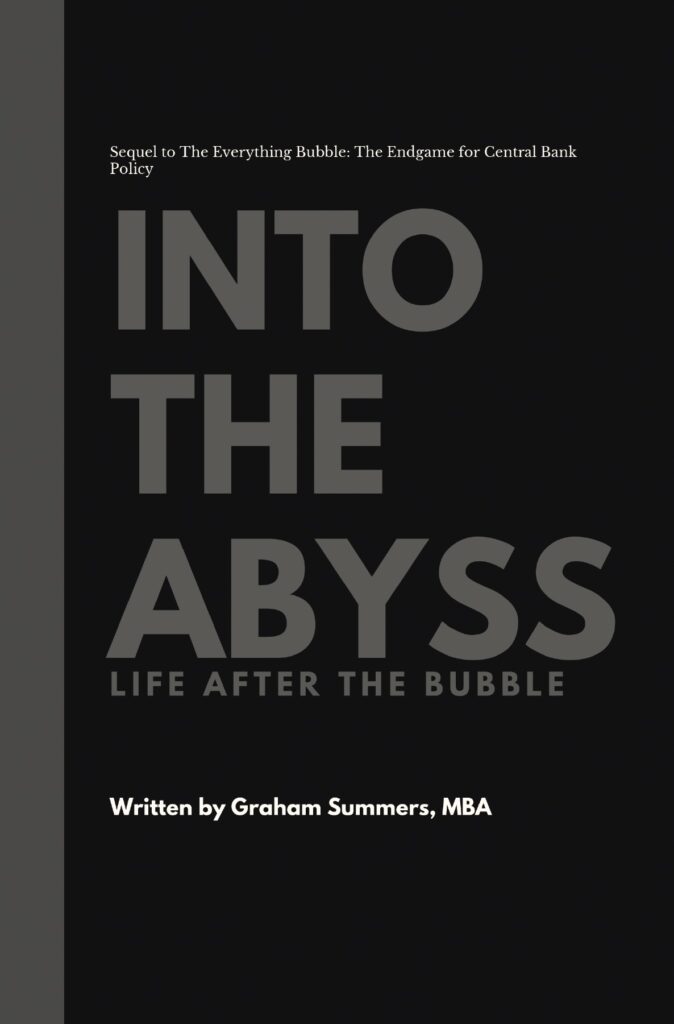THE ONLY REPORT INVESTORS NEED TO KNOW WHEN TO GET OUT OF STOCKS
LISTEN TO OUR PODCAST.
GRAHAM'S NEW BOOK WAS THE #1 NEW RELEASE IN FOUR CATEGORIES ON AMAZON
HOT TOPICS.
- 2008
- bail-ins
- bear market
- Bernanke
- big banks
- bond bubble
- bonds
- BOVESPA
- Carry Tax
- cash ban
- central banks
- China
- collapse
- contraction
- crash
- crisis
- debt
- debt crisis
- debt implosion
- deflation
- Derivatives
- economic collapse
- Federal Reserve
- inflation
- interest rates
- investing
- Jp MOrgan
- meltdown
- NIRP
- Operation Twist
- PboC
- Private wealth
- QE
- recession
- S&P 500
- slowdown
- stock market crash
- stocks
- TBTFs
- the Fed
- the market
- US Dollar
- War on cash
- Yellen
- ZIRP
Tag Archives: Derivatives
Governments Have Begun Moving to Ban Physical Cash
The Central Banks hate physical cash. So much so they there will likely try to ban it in the near future. You see, almost all of the “wealth” in the financial system is digital in nature. The total currency (actual … Continue reading
Posted in It's a Bull Market
Tagged cash ban, Derivatives, NIRP, the Fed, ZIRP
Comments Off on Governments Have Begun Moving to Ban Physical Cash
Three Reasons the Fed Cannot Let Rates Normalize
Analysts and commentators remain hung up on whether or not the Fed will raise rates next week. Certain Fed officials have been stating that the Fed should commence tightening. However, with China’s bubble collapsing, dragging down the Emerging Markets, there … Continue reading
Posted in It's a Bull Market
Tagged bond bubble, carry trade, crisis, debt, Derivatives, implode, the Fed, Yellen
Comments Off on Three Reasons the Fed Cannot Let Rates Normalize




